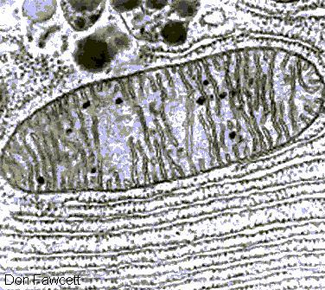The relationship between antiretrovirals and hyperlactatemia in HIV mothers

In developed countries, most children born of HIV-positive mothers are exposed to antiretroviral (ARV) agents prenatally, during birth, and postnatally. Various studies, some affected by methodological bias, have related ARV exposure in these children to elevated lactic acid levels in blood (sometimes symptomatic) and lactic acidosis.
The aim of this research is to determine the incidence of hyperlactatemia, lactic acidosis, and associated neurologic manifestations in children of HIV-infected mothers and HCV-infected mothers during the first year of life. To investigate parameters associated with the presence of hyperlactatemia in both groups, and its relationship with neurologic manifestations and neurodevelopmental delay.
A prospective comparative cohort study was made with 40 patients per group (320 blood samples) consecutively included from October 2004 to October 2007. pH, lactic acid, and alpha-alanine levels were determined at 1, 3, 6, and 12 months of life in all cases. The definition of pathological hyperlactatemia was based on a lactic acid value >2.1 mmol/L and alpha-alanine >435 micromol/L.
There was a total of 79 patients were studied (39 in the ARV-exposed cohort, 40 in the non-exposed cohort). The maternal demographic characteristics were similar in the 2 groups. In the exposed group, 89.7% of pregnant mothers were receiving HAART and 10.3% monotherapy with AZT; 54% had an undetectable viral load before delivery and 20% a CD4+ count <350/mm3. Thirty-one neonates received AZT monotherapy and 8 combined therapy. Twelve patients (5 exposed and 7 non-exposed) presented some type of neurologic abnormality and 4 (5.1%) (1 exposed and 3 non-exposed) presented neurodevelopment alterations, with no significant differences between groups (p=0.34). Pathological hyperlactatemia was seen in 56.4% (95% CI, 39.6-72.2) and 57.5% (95% CI, 40.9-73.0) of patients, respectively (p=0.92), with significantly more cases in premature patients (p<0.05). There were no cases of lactic acidosis. The following variables were not associated with pathologic hyperlactatemia: HAART use during pregnancy, type of ARV, AIDS diagnosis in the mother, CD4 count, viral load, or ARV therapy in the neonatal period. Hyperlactatemia was not associated with neurologic or neurodevelopment abnormalities.
Results show that ARV use in the prenatal period, during delivery, and/or postnatally was not associated with the development of hyperlactatemia in our study. Only premature status was related to a higher incidence of this condition, Furthermore, there was no association between hyperlactatemia and the development of neurologic symptoms.
References
"Hiperlactacidèmia en el fill de mare VIH i exposat a antiretrovirals (2004-2007). Estudi de cohorts, obert i prospectiu." PhD thesis defended by Pere Soler Palacín, on 16 desember 2010. Directors: Dr. Antonio Mur Sierra and Dra. Concepció Figueras Nadal.


